Surging interest in professional boxing’s major global talents has expanded opportunities for photographers willing to cover grass-roots fight tournaments.
I shoot small-hall boxing shows in Alsace, France. This is my guide to photographing fighters in low-light conditions and getting the most out of your camera in often demanding circumstances.
Preparations
It’s always a good idea to make contact with your local boxing club before the event so you can introduce your services and make your pitch. My offer is always the same – full photo coverage of the event for access in return.
In most cases, amateur boxing clubs and promoters accept this exchange with enthusiasm. It’s also a great idea to photograph the boxers that will be showcasing their talents in the upcoming tournament before the match if you can. This allows you to establish your credentials with the club’s athletes and coaches as well as build a rapport with key personalities before the event.
Once you have the blessing of the tournament organizer and are familiar with some of the local boxers who will be fighting on the card, you can focus on your equipment.
Equipment
Photographers have every incentive to bring the minimum amount of equipment to shows. I use a heavy Nikon D4 because of its still-reliable high ISO capability and gorgeous, straight-out-of-the-camera skin tones. I have a Nikon D3 as a back-up and also take a Nikon D7100 for fish-eye shots.
As for lenses, I now use the Nikon 24-120mm f/4 lens. This allows me to get good photos, decent camera performance and excellent coverage of the ring from wherever I’m positioned.
A zoom lens is essential. When I started, I was often the only photographer in the room. That’s rare now, and there isn’t always the opportunity to “zoom with my feet.”
Of course, I’ve worked with fast prime lenses (35mm, 50mm and even 100mm for close-ups)
to strengthen my output, but I find that the added quality and variation aren’t worth the extra load and weight, nor the security concerns.
I never part from my Nikon 10.5mm DX fish eye lens but also sometimes take an ultrawide 20mm to tournaments for crowd shots, or to photograph all the competitors at the start of a show. On occasion, I add the trusty 70-200mm f/2.8 to my camera bag, to mix up my results. I’ve even considered the superb but weighty Nikon 300mm F4, to get that shot from the stands that might catch the eye in tournament photo-essays.
As a basic set-up, I recommend the Black Rapid single shoulder strap with a light messenger-style bag to carry the optional flash. Having a flash along is very useful, should access to the boxers’ changing rooms be granted.
However, personal experience has taught me the value of the BlackRapid Double Breathe
Harness. It’s 100% ‘geek-wear,’ but since I frequently switch between my Nikon FX and DX cameras as the rounds progress, it’s a real bonus to not have both bodies swinging from my neck. I appreciate this fact even more at the end of a long evening, with a two-hour drive home still to come!
Other recommendations include a minimum of 128 GO in memory cards, especially if, like me, you prefer to shoot RAW and save your work simultaneously. Two or three spare batteries should provide enough power to cover a five-hour event.
I’ve also taken an ipad Pro and a CamRanger device to events, to visualize my photos on a larger screen. I soon recognized that the constant ‘chimping’ was a handicap, diverting me from the action in the arena.
Wear light clothes, good quality walking shoes, and carry water, sugary treats and 50 or more business cards, with your full website and social media details – and you’re all good to go!
The Main Event
It’s important to arrive early so you can meet the organizer, the referees and other club or boxing federation officials and VIPS. Arriving early also allows you to secure the best possible shooting position. You can photograph ‘vertically’ from the ring apron, which produces very pleasing results, as you shoot up at the fighters.
However, if you’re very fortunate, some referees will allow you to stand right at the ring post and blaze away. Be aware that in this position, you’re certain to block the field of view of some paying customers.
Settings
Once you’ve established your shooting vantage point and set your white balance, all that’s left to decide are the main settings of your camera.
First things first. The light will be mostly terrible, especially as the tournament progresses, which will have consequences for your photography. For obvious reasons, speedlight use is banned during fights.
As mentioned earlier, I prefer the constant aperture 24-100mm zoom lens and never budge from f/4. Sometimes, if I’m using faster lenses, I shoot at f/2.8, or even f/1.4 for creative effect, or to use a higher shutter speed, but I wouldn’t advise shooting the entire event at these openings.
Certainly, the variable f/3.5 – 5.6 zoom lenses should be avoided at all costs.
If you believe the specs, newer Canon and Sony cameras with their high speed, high ISO
potential, are guaranteed to reach the sweet spot of most boxing photographers working in lowlight conditions.
With my eight-year-old Nikon, I shoot with back-button continuous focus at 6400 ISO. Of course, better lighting conditions would allow me to move up to a 1000 or more shutter speed, which would make every image cleaner and sharper.
That said, my current range between 400 and 600 is a compromise that still delivers results. At these speeds, blurring can sometimes be an issue but that’s an acceptable risk I’ve prepared myself to take.
Ringside
Once the action gets underway, the photographer’s mission is to report the winners and losers in the ring, at different photo lengths. Be as creative as you want to be!
However, depending on the available time, there may be other stories to tell. Scan the audience for the athlete’s likely friends, partners, relatives and fellow boxers and be ready to bring them into your photo documentary should moments of high drama or light entertainment occur.
Boxing photography is no different from any other sport photography in that a lot of time is spent photographing non-action. The photographer shoots away as the boxers bob, weave and feint, looking for their openings and then ‘chimps’ in-between rounds, hoping fortune has been kind.
The Aftermath
As every photographer knows, our work continues even after the event is finished. In my
experience, it’s important to offer fast delivery and to “turn-around” event photos within 12 hours.
My workflow is based on Lightroom and PhotoMechanic (although, I have to say the latter software isn’t always reliable on my older machines).
As I edit, color, crop and straighten, I know in advance that some 85% of my photos will not pass my publishing threshold.
In my view, the ‘money-shots’ that make photographing boxing such an enjoyable experience include:
- The punch to the face
- Gender balance
- The sweat halo
- Close-ups of the boxer’s emotions
- Tournament color
- The fight’s story arc
- The blood, sweat and tears of the gritty occasion
- Arena stories and details – VIPS, officials, girlfriends, family, crowds, interesting tattoos
- View from the changing room
- The knock-out
The venerable FLICKR site is still my preferred choice for online distribution of up to 400 event photos. I also share shots on Instagram and of course Facebook.
I always try to make sure that I post at least three photos from every tournament fight, which I offer at no charge to the boxers.
I’ve been a fan of boxing for more than 40 years. Boxers feature heavily in my pantheon of heroes, so it’s important that my photos reflect this passion for the sport and my admiration for the competitors.
When compared to the television titans, small-hall professional boxers are paid a pittance, and in my experience, welcome positive relationships with photographers as they develop their online brands.
That could be you!
One day, you might just stumble across the next Hagler, Hearns or Joshua.
This is what dreams are made of!
About the Author:
Nigel Smith is the founder of network67photography.
Like This Article?
Don't Miss The Next One!
Join over 100,000 photographers of all experience levels who receive our free photography tips and articles to stay current:
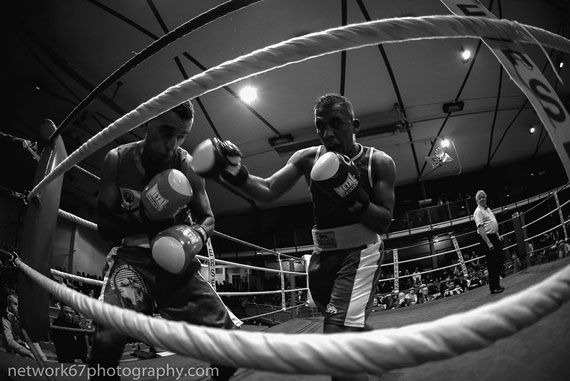
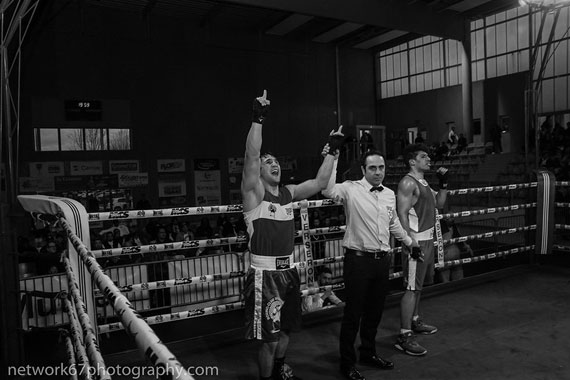
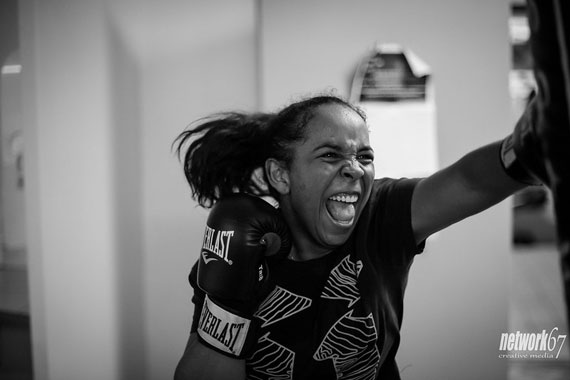
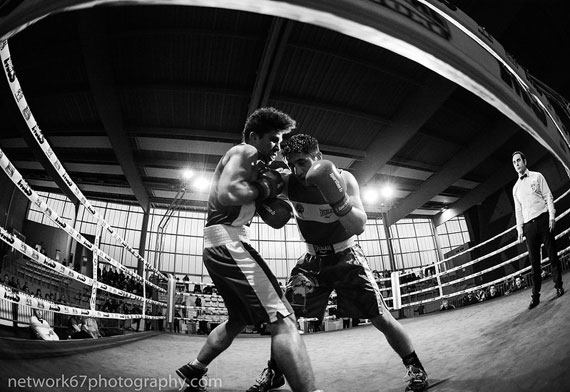
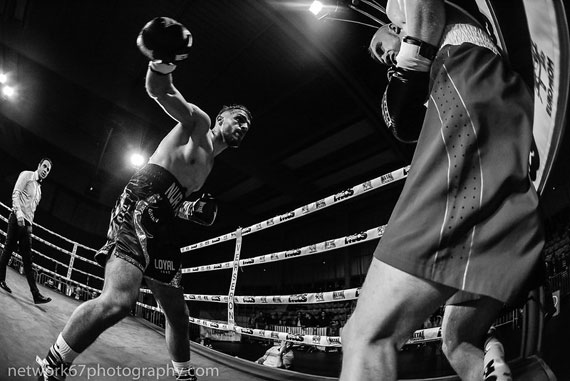
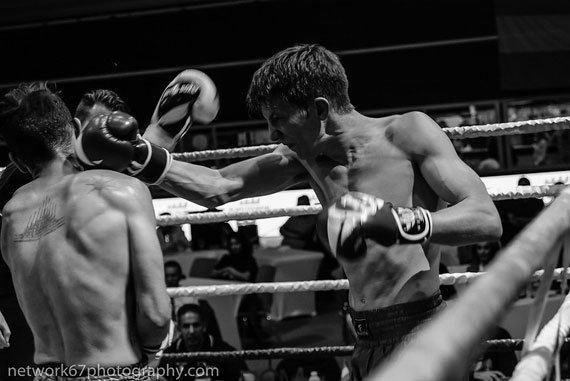
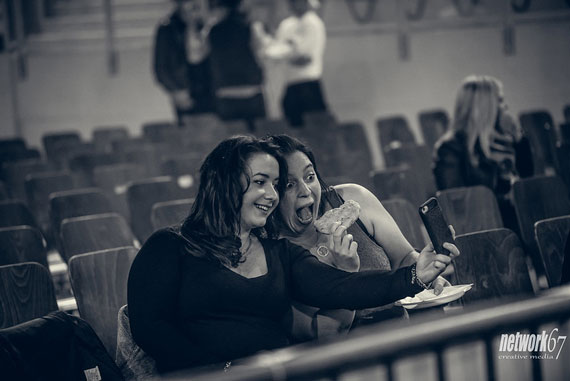
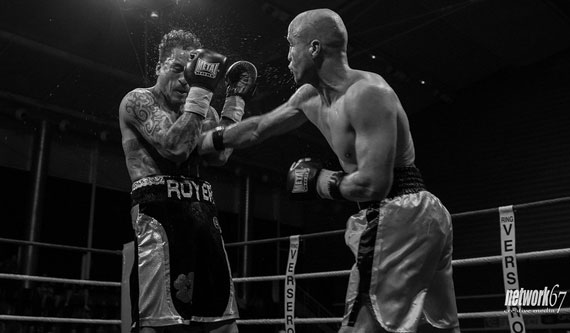
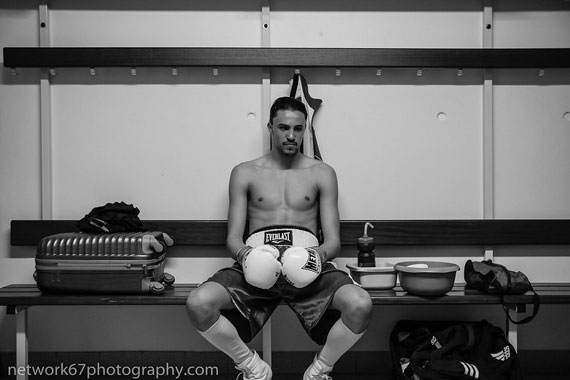
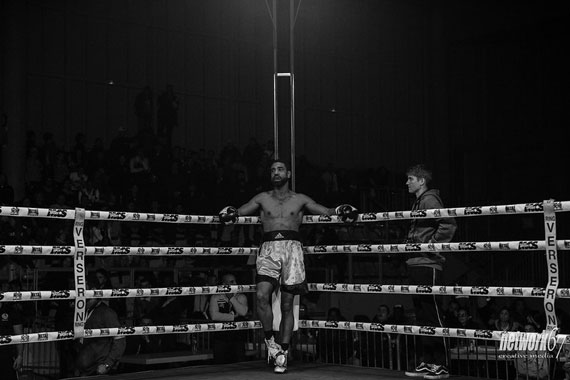
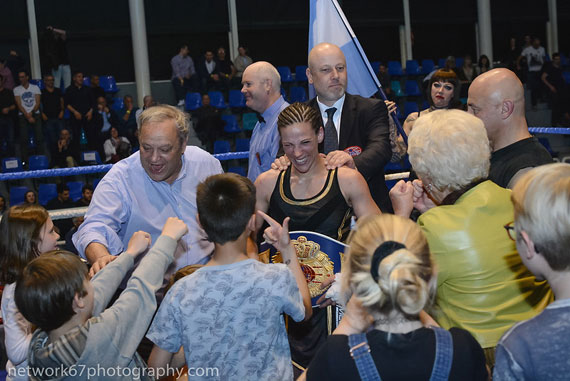
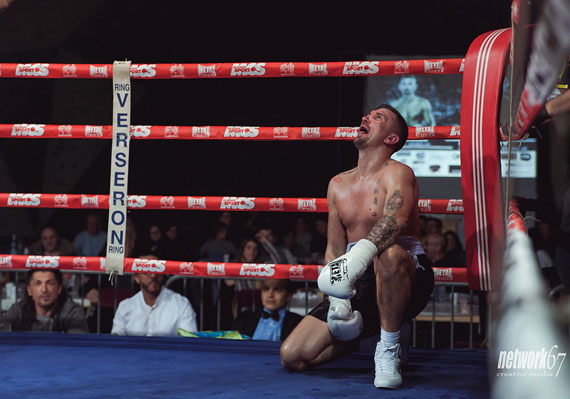
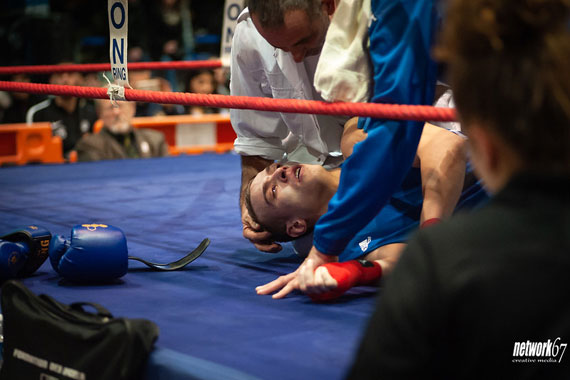
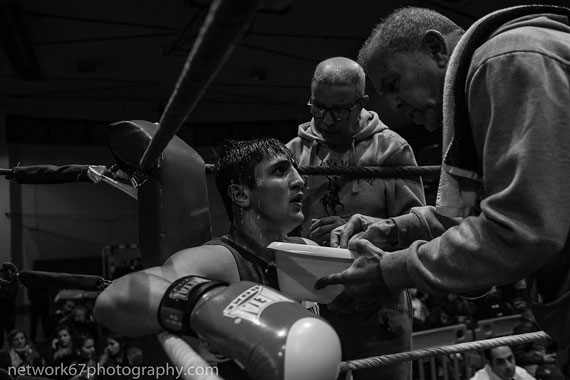
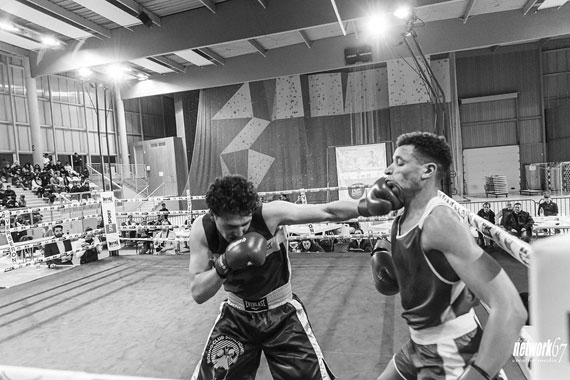






Outstanding explanation of the Ringside photographer. I shoot a lot of boxing and MMA at the Casinos in central Oklahoma. All the trainers, fighters and Marshals are good people. Hope to get back to it, once is pandemic is over. Thx for sharing.
photogbyrandy.com